Dill and dill weed are not the same, though they come from the same plant (Anethum graveolens). Dill typically refers to fresh leaves or dried leaves sold as 'dill', while 'dill weed' specifically means dried leaves (and sometimes tender stems) sold as a spice. Dill weed has a stronger, more concentrated flavor than fresh dill and is not interchangeable without adjustment in most recipes.
Table of Contents
- What is Dill?
- What is Dill Weed?
- Dill vs Dill Weed: Key Differences
- How to Use Each in Cooking
- Buying Guide: Choosing Between Dill and Dill Weed
- Frequently Asked Questions
- Conclusion
What is Dill?
The term "dill" usually describes the fresh or dried leaves (fronds) of the Anethum graveolens plant. This herb has been used for millennia in Mediterranean, Eastern European, and Middle Eastern cuisines.
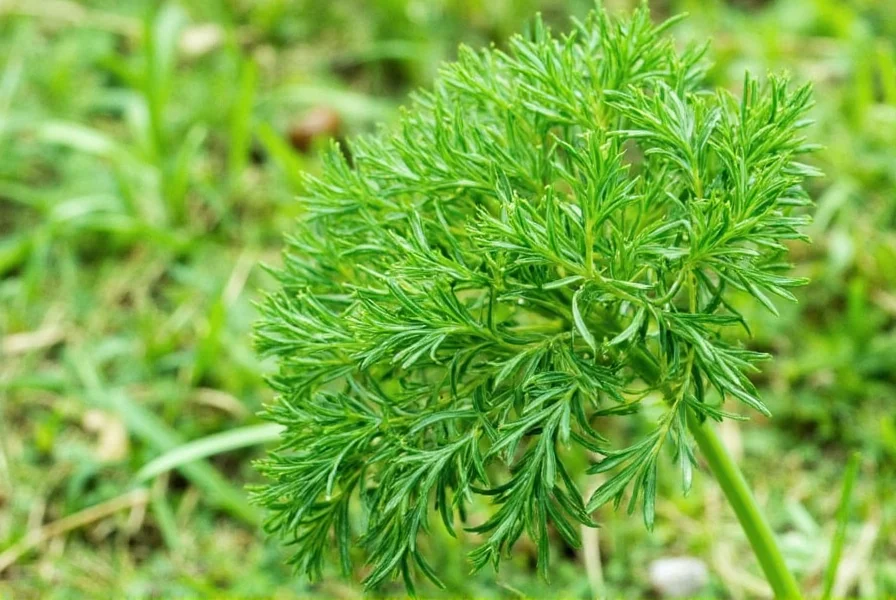
It has a feathery appearance and a bright, grassy flavor with citrus and anise notes. Fresh dill is commonly used in:
- Cucumber salads
- Fish marinades
- Soups and stews
- Herb sauces and dips
Dried dill retains much of its aroma and is often used in spice blends, pickling recipes, and dry rubs for meats and fish.
What is Dill Weed?
"Dill weed" specifically refers to the dried leaves (and sometimes tender stems) of the dill plant. In the U.S., this term commonly describes dried dill sold in spice jars. The drying process concentrates its flavor, making it more robust than fresh dill.
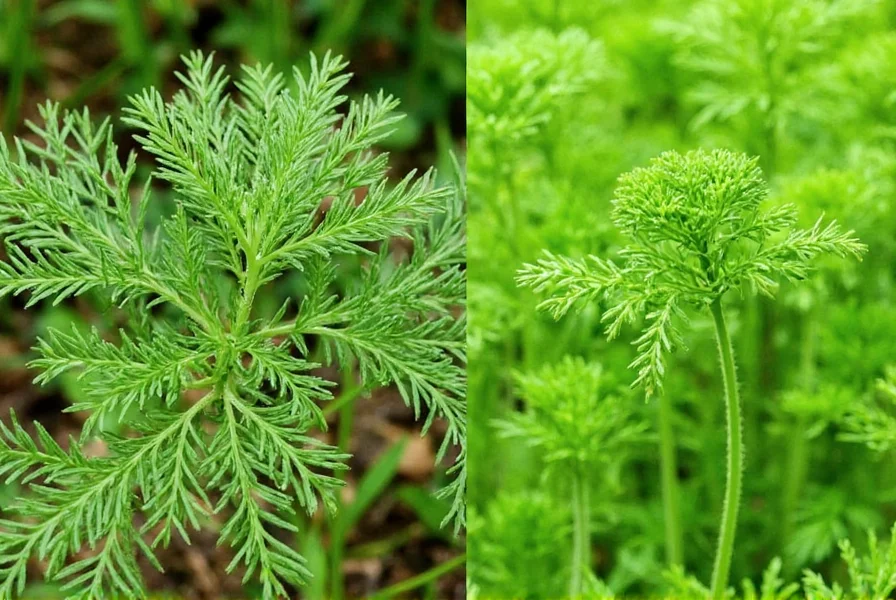
Dill vs Dill Weed: Key Differences
| Feature | Dill | Dill Weed |
|---|---|---|
| Plant Part | Leaves only | Leaves + tender stems |
| Form | Fresh or dried | Usually dried |
| Flavor Intensity | Mild, fresh, citrusy | Stronger, more concentrated |
| Best For | Garnishing, sauces, salads | Pickling, stews, seasoning mixes |
| Shelf Life | Short (fresh), moderate (dried) | Long (if stored properly) |
How to Use Each in Cooking
When to Use Fresh Dill
Fresh dill delivers vibrant, aromatic flavor and is best added toward the end of cooking to preserve its delicate taste and color.
- Add chopped fresh dill to tzatziki or ranch dressings
- Top grilled salmon with sprigs of dill before serving
- Mix into potato salads or egg dishes for freshness
- Infuse vinegars or oils with fresh dill for homemade seasonings
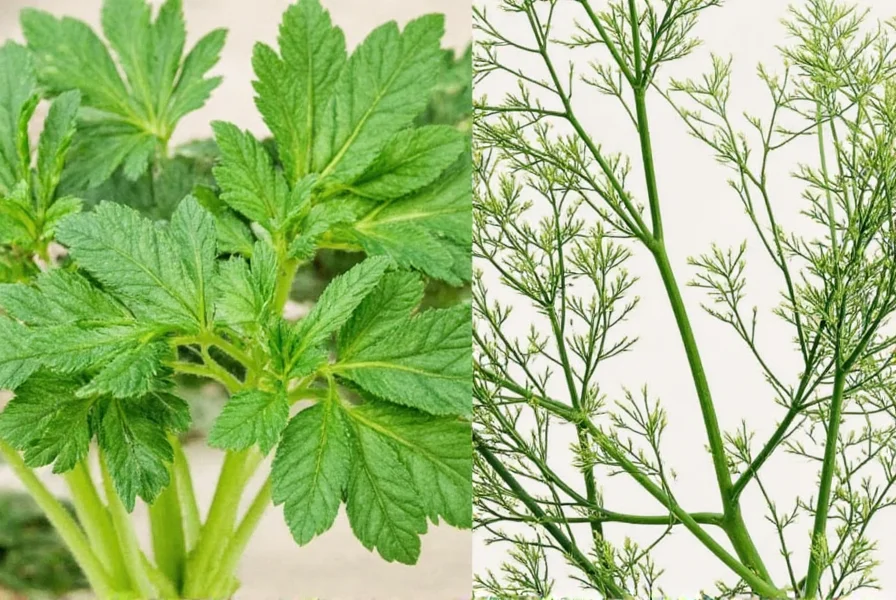
When to Use Dill Weed
Dill weed provides a bolder, earthier flavor ideal for long-cooked dishes where fresh dill would wilt away.
- Use in pickling brines for cucumbers or green beans
- Season roasted chicken or lamb chops with dill weed
- Stir into hearty soups and bean stews
- Mix with salt and garlic powder to make a DIY seasoning blend
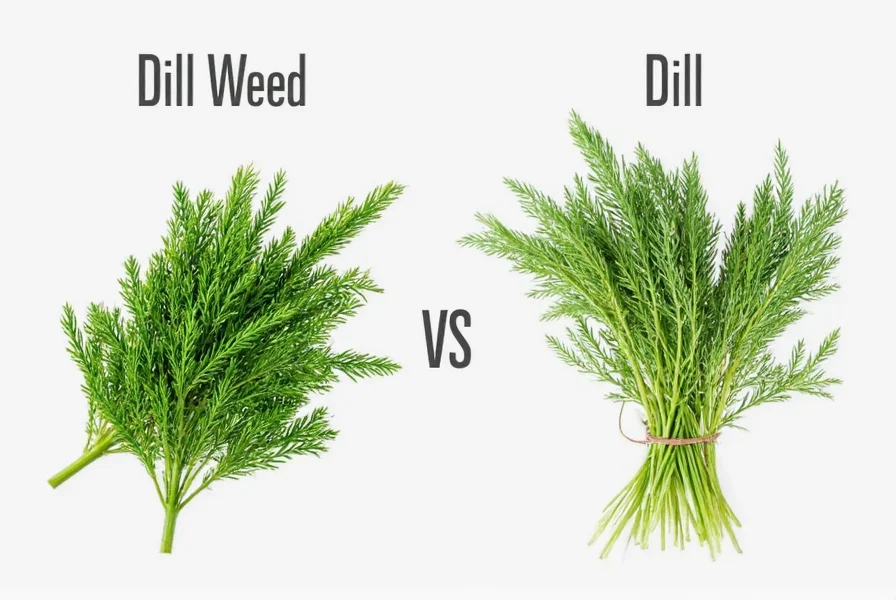
Buying Guide: Choosing Between Dill and Dill Weed
Choosing the right form depends on your recipe needs and storage habits.
Buy Fresh Dill If...
- You're making cold dishes or sauces
- You plan to use it within a few days
- You want a mild, fresh flavor
- You enjoy growing your own herbs at home
Buy Dill Weed If...
- You're planning to pickle vegetables or ferment foods
- You need a longer shelf life
- You prefer strong, earthy herbal notes
- You're making slow-cooked meals or spice blends
Recommended Products
Bulk Organic Dill Weed – McCormick
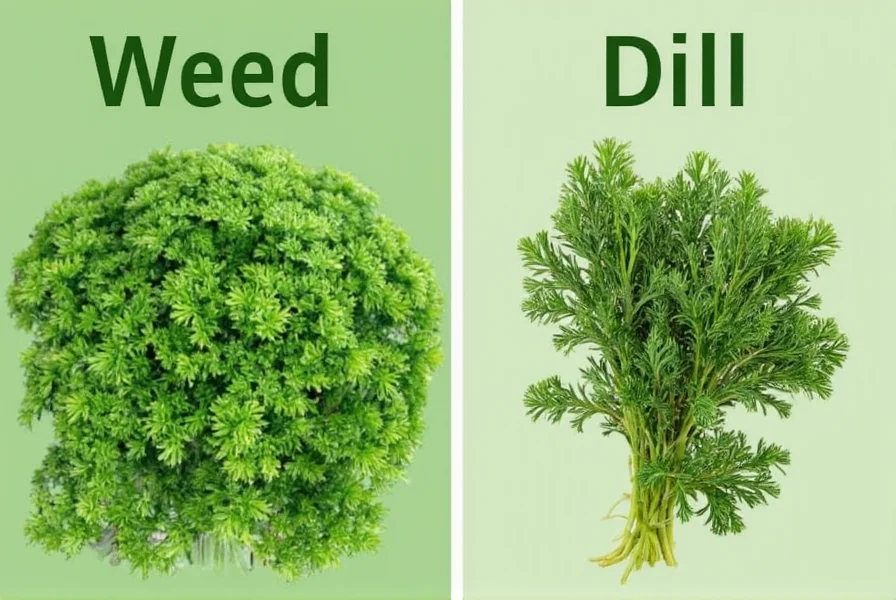
This popular brand offers organic dill weed with consistent quality. Great for pickling and everyday seasoning. Comes in resealable pouches or glass jars.
- Features: Organic, non-GMO, no additives
- Use Cases: Pickling, stew seasoning, spice blends
- Audience: Home cooks, fermentation enthusiasts
- Occasion: Everyday use, preserving seasons
Fresh Dill Bunch – Local Farmer's Market
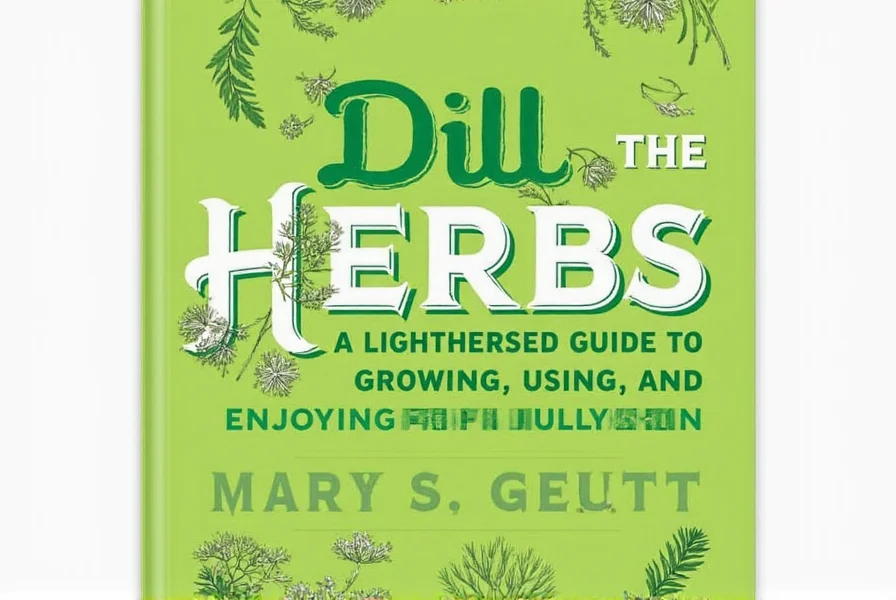
Fresh bunches offer superior flavor and aroma compared to supermarket herbs. Ideal for gourmet dishes and garnishing.
- Features: Locally grown, pesticide-free options available
- Use Cases: Sauces, seafood plating, herb-infused oils
- Audience: Gourmands, chefs, gardeners
- Occasion: Special meals, weekend cooking
Frequently Asked Questions
Are dill and dill weed the same thing?
No, they're not exactly the same. While both come from the same plant (Anethum graveolens), "dill" typically refers to the fresh or dried leaves only, while "dill weed" specifically means the dried leaves and sometimes includes the tender stems. Dill weed is essentially the dried, more concentrated version sold in spice jars.
Can I substitute dill weed for fresh dill in recipes?
You can substitute, but you'll need to adjust quantities. As a general rule, use 1 teaspoon of dried dill weed for every 1 tablespoon of fresh dill. Keep in mind that dill weed has a more concentrated, earthier flavor, so the final dish may taste slightly different. For cold dishes or garnishes, fresh dill is usually preferable.
Which has stronger flavor—dill or dill weed?
Dill weed typically has a stronger, more concentrated flavor because it's dried. The drying process intensifies the flavor compounds. Fresh dill has a brighter, more delicate taste with pronounced citrus notes that mellow when dried.
How should I store fresh dill to make it last longer?
Store fresh dill like you would cut flowers: trim the stems, place in a glass with an inch of water, cover loosely with a plastic bag, and refrigerate. Change the water every couple of days. Properly stored, fresh dill can last 7-10 days. Alternatively, wrap it in a damp paper towel and place in a sealed container in your refrigerator's crisper drawer.
Can I make my own dill weed from fresh dill?
Absolutely! To make your own dill weed, wash fresh dill thoroughly, pat dry, and remove leaves from stems. Spread the leaves in a single layer on a baking sheet and dry in the oven at the lowest setting (or use a food dehydrator) until completely dry and crumbly. Store in an airtight container away from light and heat. Homemade dill weed will be fresher tasting than store-bought versions.
What's the difference between dill weed and dill seed?
Dill weed refers to the dried leaves of the dill plant, while dill seed comes from the plant's flower heads. Dill seed has a stronger, more pungent flavor with caraway-like notes and is commonly used in pickling, breads, and spice blends. Dill weed has a milder, grassier flavor profile and is better suited for sauces, dressings, and finishing dishes.
Conclusion
Though dill and dill weed come from the same plant, they are not interchangeable. Fresh dill adds brightness to quick dishes and garnishes, while dill weed delivers robust flavor for long-cooked meals and preserves. Mastering their distinct uses will elevate your cooking—whether you're a seasoned chef or a curious home cook.
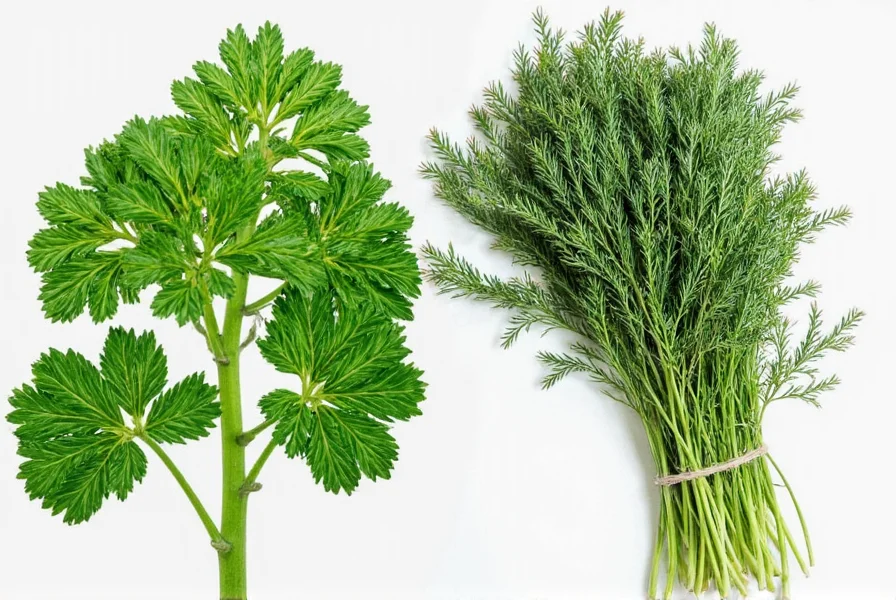

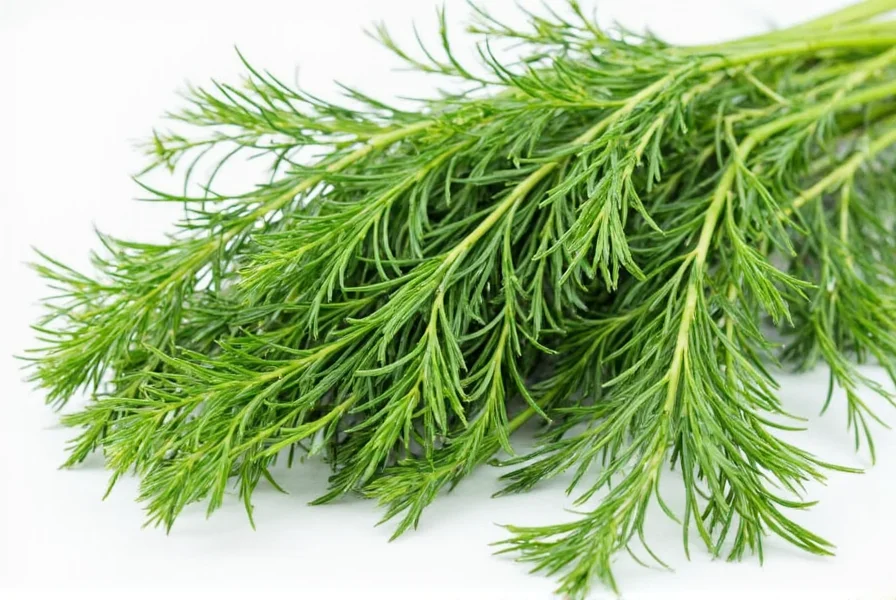









 浙公网安备
33010002000092号
浙公网安备
33010002000092号 浙B2-20120091-4
浙B2-20120091-4